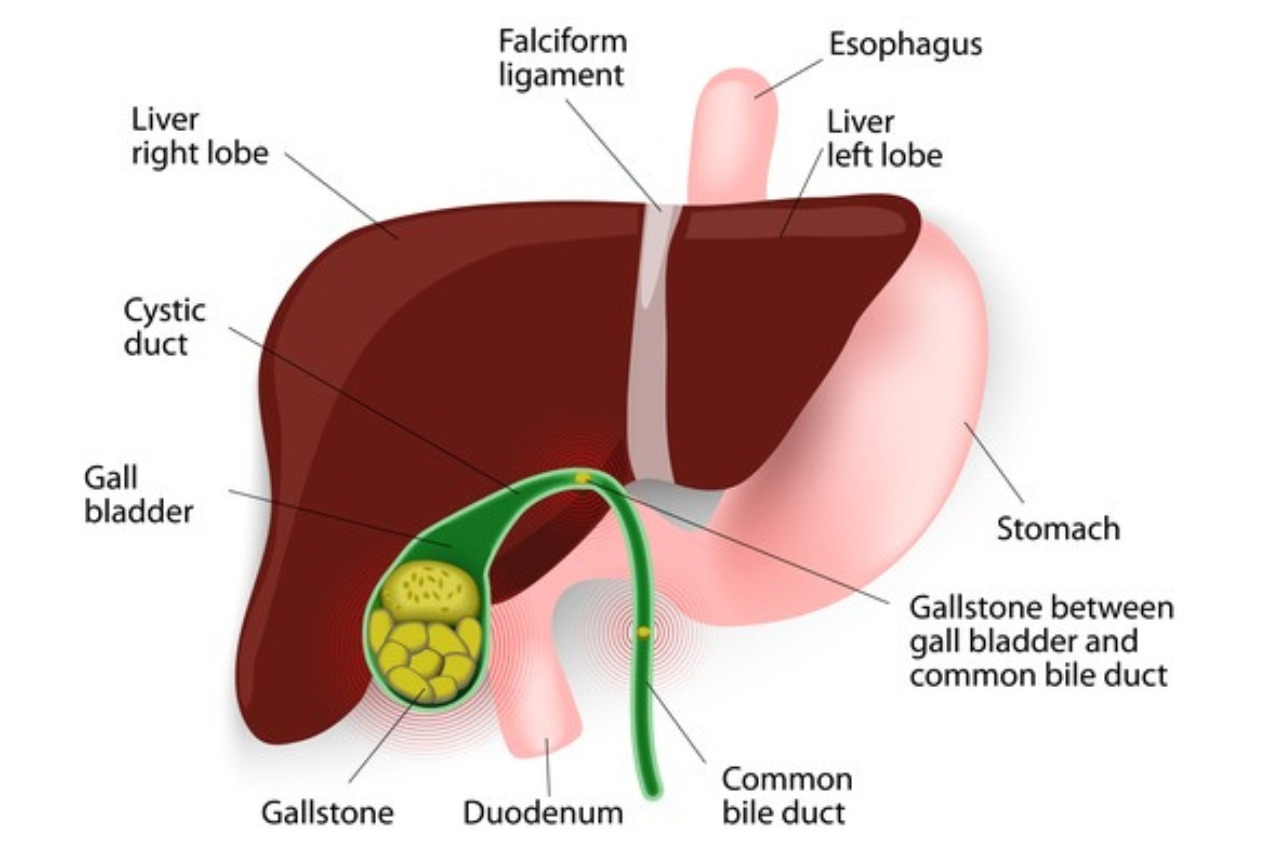Hemorrhoids, or piles, are a common but frequently upsetting medical ailment. These are painful, uncomfortable, and occasionally bleeding enlarged veins in the rectum and anus. Although piles can afflict persons of any age, adults between the ages of 45 and 65 are more likely to experience them. Finding relief and avoiding recurrence of piles require knowledge of the most effective treatment.
We will examine a variety of piles treatments in this thorough guide, from at-home cures and lifestyle modifications to cutting-edge medical procedures. This guide will assist you in selecting the most appropriate pile treatment for your disease, regardless of the severity of your symptoms.
What Are Piles?
Piles are classified into two main types:
1. Internal piles – These are located inside the rectum and are typically painless, although they may cause bleeding.
2. External piles – These develop under the skin around the anus and can be painful, itchy, and swollen.
The severity of piles can range from mild irritation to more serious symptoms like bleeding and prolapse, where the piles extend out of the anus. The best treatment for piles depends on the type and severity of your condition.
Symptoms of Piles
Before diving into the best treatment for piles, it is important to recognize the symptoms:
- Pain or discomfort around the anus
- Itching and irritation in the anal region
- Swelling or lumps around the anus
- Bleeding during bowel movements
- Leakage of feces
If you experience any of these symptoms, it’s essential to consult a healthcare professional. They will determine the severity of your condition and recommend the best treatment for piles based on your specific needs.
Home Remedies: The First Line of Defense
For those dealing with mild piles, home remedies are often considered the best treatment for piles as they can provide relief without the need for medical intervention.
1. Fiber-Rich Diet
One of the best strategies to control and avoid piles is to eat a diet rich in fiber. Fiber eases the rectum and anus by softening feces and facilitating bowel motions. Good sources of dietary fiber include fruits, vegetables, whole grains, and legumes.
2. Hydration
Maintaining soft stools requires drinking enough water. Constipation is a significant cause of piles, therefore drinking lots of water helps avoid it. Make it a daily goal to consume 8–10 glasses of water.
3. Warm Sitz Baths
Several times a day, soaking in a warm sitz bath for ten to fifteen minutes might help ease discomfort and lower inflammation. This easy at-home treatment works well to reduce pain and edema temporarily.
4. Topical Treatments
Itching and discomfort can be lessened by over-the-counter lotions and ointments, such as those that include hydrocortisone. These products are frequently regarded as the best piles therapy for people looking for quick symptom alleviation.
Lifestyle Changes: Preventing Piles from Returning
Incorporating certain lifestyle changes can be one of the most effective ways to prevent piles from recurring.
1. Avoid Straining
During bowel motions, straining may exacerbate or even induce piles. To prevent hard stools, it’s critical to avoid using the restroom for extended periods and to use it as soon as you feel the need.
2. Exercise Regularly
Frequent exercise promotes better digestion and helps people maintain a healthy weight, which lowers their risk of constipation. Walking, swimming, and yoga are examples of low-impact exercises that can stop piles from getting worse.
3. Proper Hygiene
Keeping the anal area clean and dry is essential for preventing irritation. Use soft, unscented toilet paper and gently clean the area after each bowel movement.

Medical Treatments: Advanced Options for Severe Cases
Medical therapies may be required when lifestyle modifications and home cures are insufficient to relieve the symptoms. Let’s examine some of the most effective medicinal interventions for piles.
1. Rubber Band Ligation
An effective non-surgical treatment for internal piles is rubber band ligation. To stop the pile’s blood flow, a little band is wrapped around its base throughout this process. Over a few days, the pile gradually gets smaller and eventually falls off. Because it is fast and minimally invasive, this technique is regarded as one of the finest treatments for piles in patients with internal hemorrhoids.
2. Sclerotherapy
With sclerosing therapy, a chemical solution is injected into the pile, resulting in its shrinkage. This treatment is frequently suggested for individuals unable to have surgery, and it works well for minor internal piles.
3. Infrared Coagulation (IRC)
Infrared coagulation is a non-surgical procedure that uses infrared light to cut off blood flow to the piles. This treatment is quick and effective for small to medium-sized internal piles.
4. Hemorrhoidectomy
Hemorrhoidectomy may be necessary for large or severe piles that do not improve with less invasive treatments. In extreme circumstances, this surgical surgery is seen to be the best treatment for piles because it removes the piles. Long-term relief from piles is achieved, despite the extended recovery period.
5. Laser Treatment for Piles
A cutting-edge, minimally intrusive method for pile removal is laser treatment, which uses laser radiation. Compared to standard surgery, this approach lowers blood, reduces discomfort, and speeds up healing. The greatest treatment for piles, according to those looking for a contemporary option, is frequently laser treatment.
The Role of Specialists
While many people use over-the-counter or home treatments to treat piles, seeing a specialist will help guarantee you get the best treatment possible. The best piles doctor in Kolkata can evaluate your situation and suggest the best course of action based on your individual needs if you live there and need professional advice.
Choosing the Best Treatment for Piles
Selecting the best treatment for piles depends on several factors, including the severity of your condition, the type of piles, and your overall health. Here’s a quick guide to help you decide:
- Mild piles: Home remedies, dietary changes, and over-the-counter creams are usually effective.
- Moderate piles: Minimally invasive procedures like rubber band ligation, sclerotherapy, or infrared coagulation are often recommended.
- Severe piles: Surgical options such as hemorrhoidectomy or laser treatment may be necessary for long-term relief.
It’s critical to collaborate with a healthcare professional to identify the optimal course of action for piles given your particular circumstances. They may assist you in balancing the advantages and disadvantages of each choice to determine the best course of action.
Conclusion
With the appropriate care, alleviation from piles is achievable despite their common occurrence. Determining the right treatment for piles can greatly enhance your quality of life, regardless of your preference for cutting-edge medical techniques, natural remedies, or lifestyle modifications.
Consult a healthcare provider without delay if your symptoms are severe or persistent. There is a solution for everyone, ranging from conventional therapies like laser therapy to innovative home remedies. To get long-lasting relief, take charge of your health and look for the best piling therapy right now.






